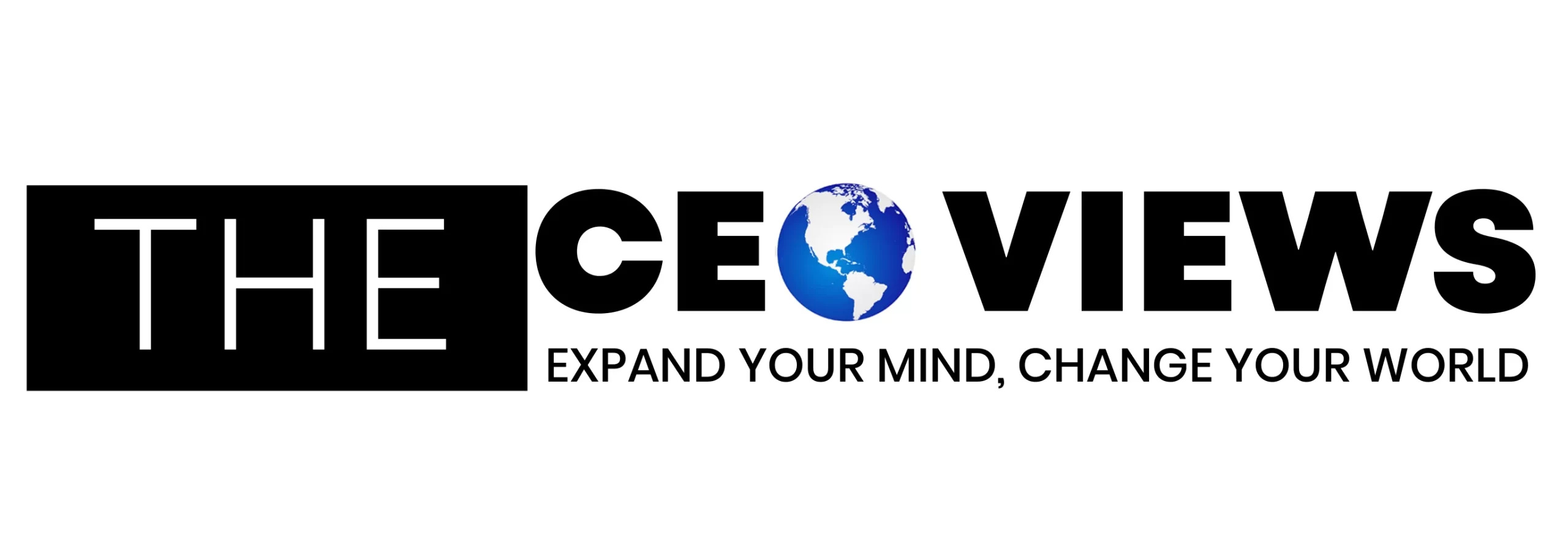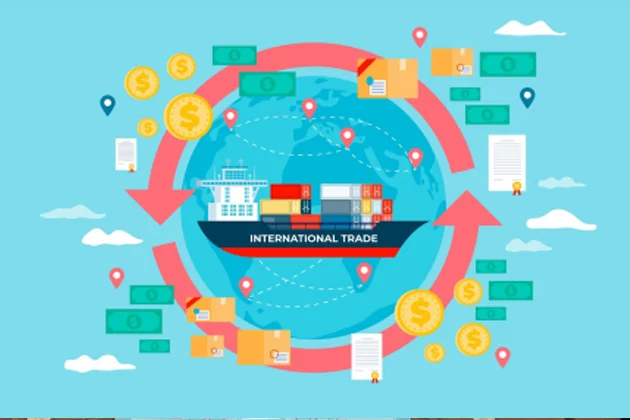Businesses worldwide are feeling the ripple effects of a new wave of US trade policy. The current administration imposed a 10% import tariff across the board and much higher levies on China. More targeted tariffs could arrive later this year, which leaves tech companies, retailers, and manufacturers under pressure. Although such levels of uncertainty create hardships for everyone, companies must find ways to keep operations afloat.
These tariffs are already driving up the cost of imported components, finished IT equipment, and raw materials. For companies relying on global supply chains, even small costs can translate into major margin hits. While it’s not possible to directly control tariffs, there are ways to manage how technology assets and inventory is supplied. That’s where IT inventory management tools come into play.
Tariffs Are Unpredictable – Your Inventory Shouldn’t Be
The nature of modern tariffs is that they’re often implemented quickly and without long lead times. Businesses depending on “just-in-time” procurement are suddenly paying more for delayed shipments. This causes unplanned expenses, stockouts, and, worst of all, downtime.
By using real-time IT inventory management systems, businesses can maintain accurate visibility of stock levels, anticipate procurement needs, and avoid panic buying at inflated prices. Automated alerts help ensure that critical equipment, like laptops, servers, and networking gear, is reordered before thresholds are breached, even across multiple global sites.
How Much Can You Save?
Used properly, IT inventory management tools can help companies cut excess inventory costs by up to 25%. This helps avoid emergency purchases that often come with expedited shipping and premium vendor pricing.
A midsized enterprise typically spends $1.5 million annually on IT hardware, and it can easily save $200,000 to $300,000 per year with improved visibility, smarter forecasting, and bulk purchasing timed before tariffs hit.
Strategies to Mitigate Tariff Exposure
Here are a few practical steps businesses are taking—enabled by inventory technology—to prepare for a volatile tariff environment:
- Forecast Smarter: AI-powered IT inventory management tools can predict demand based on past usage patterns and business cycles, allowing you to buy in advance of price increases.
- Diversify Vendors: Tools with integrated supplier management allow businesses to source from multiple regions, potentially bypassing affected trade routes or countries subject to new tariffs.
- Bulk Purchasing: Companies with accurate inventory data can place consolidated bulk orders before new tariffs are implemented, locking in pre-tariff pricing.
- Lifecycle Tracking: Understanding the age and performance of existing IT assets allows companies to delay or defer non-essential purchases, maximizing ROI and avoiding rushed buying during high-tariff periods.
Turning Inventory into a Strategic Asset
In a world where global politics and policy can shift overnight, IT inventory management is no longer just about counting boxes, it’s about enabling resilience. With tariffs likely to remain a moving target, companies that invest in smart, data-driven inventory tools will have a clear advantage.
Ultimately, managing your IT inventory effectively could be the difference between reacting to market disruptions and staying ahead of them.










